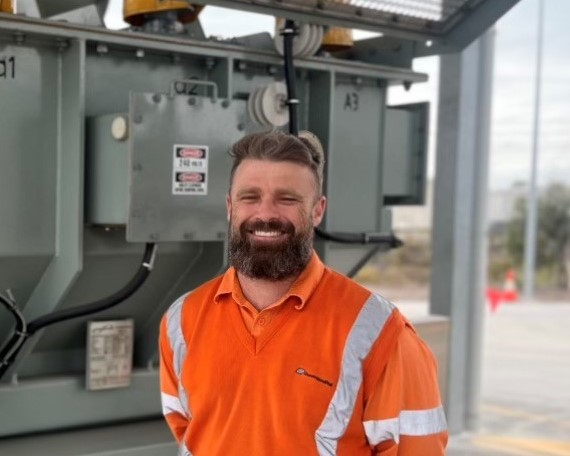
The role
Tasks include:
• diagnosing and repairing electrical faults on transformers, power cables, and other elements
• testing voltage and current levels
• replacing old circuit breaker fuses
• performing routine maintenance.

Skills required to be a Substation Electrician
- Strong communication and people skills
- Ability to work independently or as part of a team
- Good problem solving abilities
Minimum requirements
The minimum mandatory qualification for the role of Substation Electrician is generally a UET40522 - Certificate IV in ESI - Substations.
However, some employers may hire licensed electricians who have a Certificate III in Electrotechnology Electrician and provide on-the-job training that includes the Certificate IV in ESI - Substations.
Other employers may hire people with no qualifications, and provide them with training through an apprenticeship.
Alternative entry points: The UEE22020 - Certificate II in Electrotechnology (Career Start) or UEE33020 - Certificate III in Electrical Fitting can both provide some credit transfer into the Certificate III in Electrotechnology Electrician.
Potential training pathway

What a Substation Electrician's career progression can look like
Substation electricians may look to advance their career through jobs such as transmission distribution technician, rail traction group leader, engineer technical specialist.

What do I do next?
For more information on how to become a substation electrician:
- talk to your careers adviser
- get in touch with the Electrical Trades Union
- contact your local TAFE
- if you already work in rail, talk to your employer.
Meet the people

Simon Mills had just returned from playing hockey in England and Ireland when he took up an electrical apprenticeship with Queensland Rail.
He now works as a Substation Electrician with Queensland Rail ensuring there's a smooth flow of electricity to keep the trains running.
Read more about Simon's career here.
